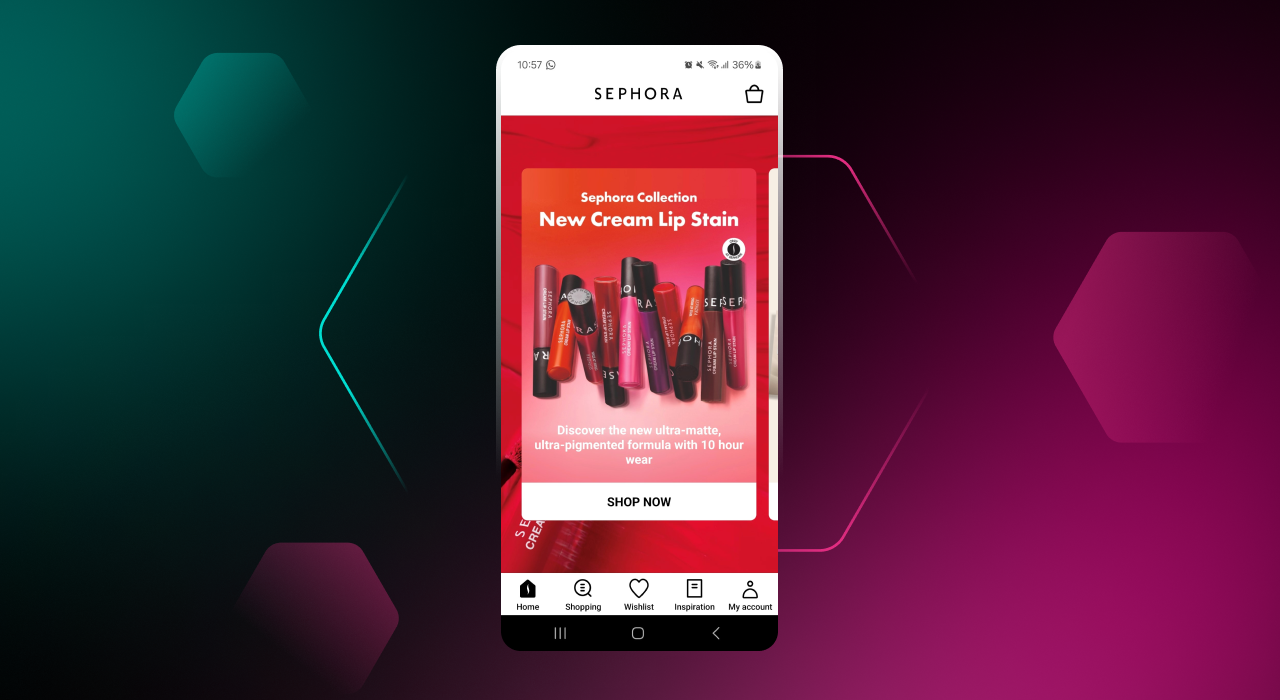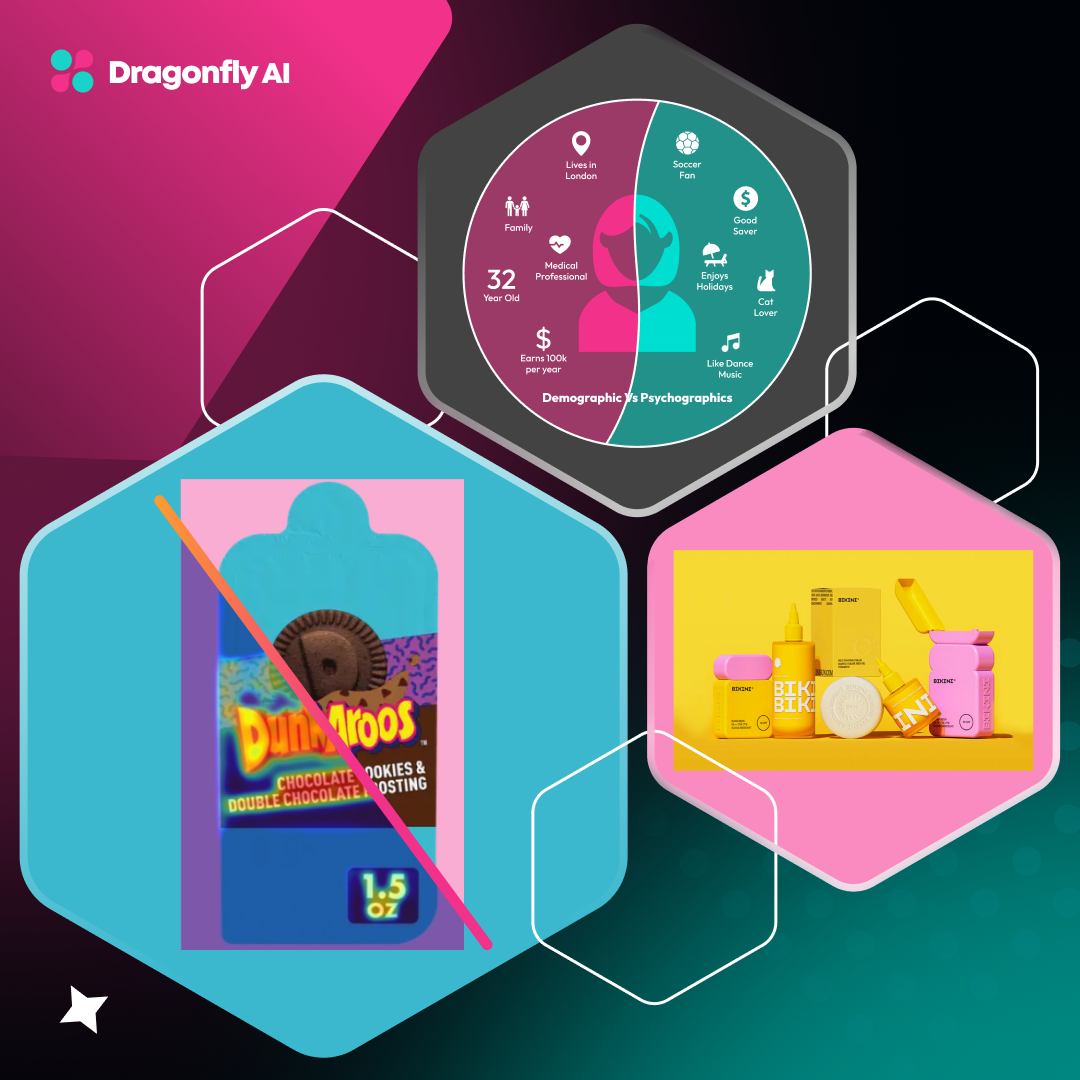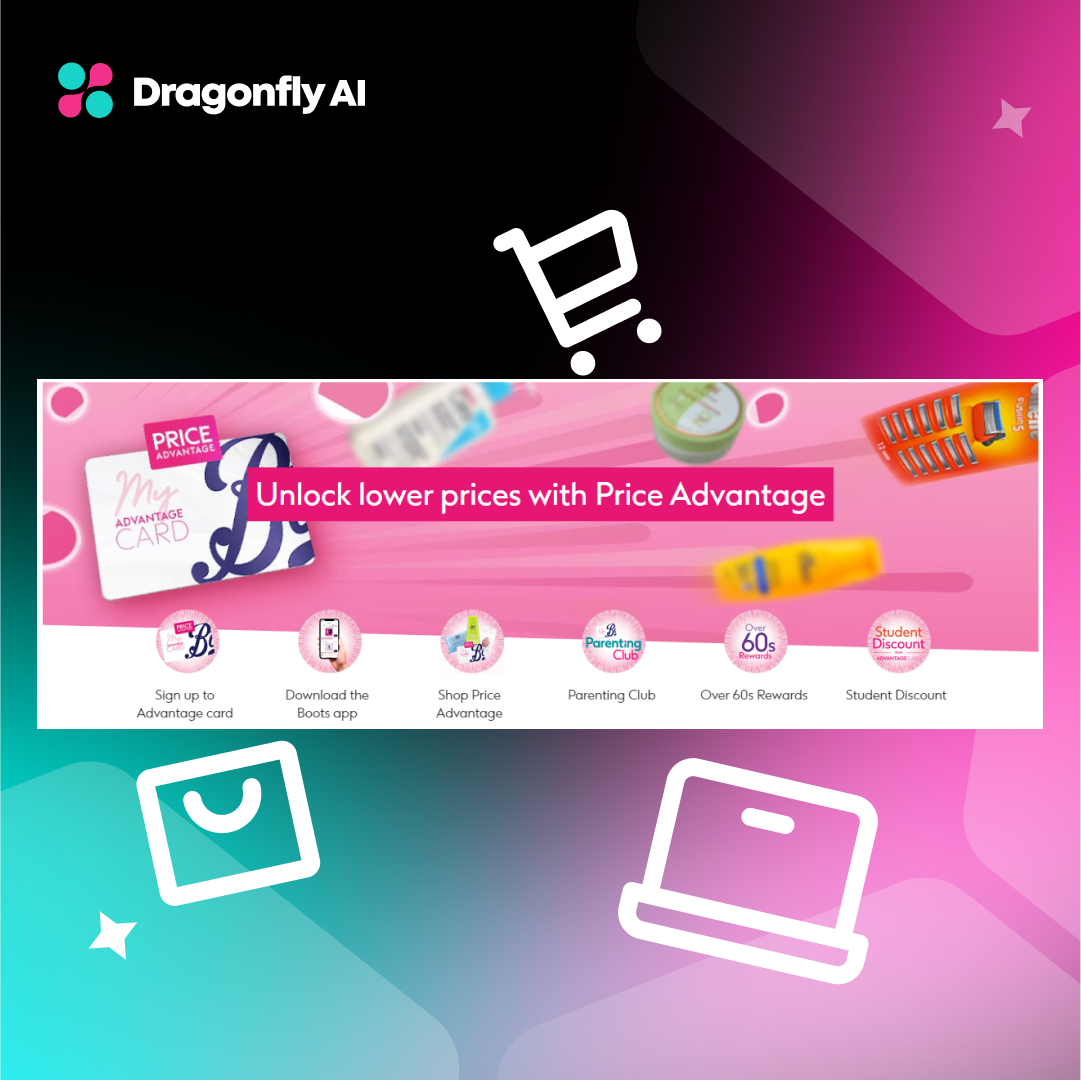AI is reshaping e-commerce, especially when it comes to visual design. As online shopping continues to go from strength to strength, the look and feel of e-commerce sites play a huge role in converting browsers into buyers. That's where predictive AI comes in and helps transform the way website design is optimized to drive sales more effectively
Understanding predictive AI and its role in e-commerce
Remember the early days of e-commerce, when sites were clunky and confusing? Finding what you wanted often felt like a scavenger hunt. Fast forward to today, and the best e-commerce experiences feel almost magical in how they anticipate your needs. A lot of that comes down to smart use of AI behind the scenes.
Known as predictive AI, it involves using machine learning algorithms to analyze massive amounts of data and make educated guesses about future outcomes or behaviors. For e-commerce, that means predicting elements like what products a customer is likely to be interested in, or how they'll interact with different page layouts.
Such predictive power gives designers and marketers incredible new tools to create more effective e-commerce experiences. Instead of relying solely on gut instinct or manual A/B testing, they can tap into AI insights to guide their decisions.
Enhancing visual design with predictive AI
Some ways predictive AI is enhancing e-commerce design include:
Visual attention mapping
One of the coolest applications is using AI to predict where users will focus their attention on a web page. Eye-tracking studies have long been used to optimize layouts, but they're expensive and limited in scale.
AI models can now analyze thousands of web pages and user interactions to generate heat maps showing likely visual focus areas. This helps designers place key elements like product images, prices, and call-to-action buttons in prime spots to maximize engagement.

I've seen this in action with clients, and it's pretty wild how accurate the AI predictions can be. We'll mock up a new product page layout, run it through the AI, and get back a heat map showing the hot spots. More often than not, when we then do real user testing, the results line up closely with what the AI predicted.
Automated A/B testing
Traditional A/B testing is great, but it can be slow and labor-intensive. Predictive AI allows for continuous, automated testing of multiple design variants.
The system can track user behavior in real-time, predict which variants are likely to perform best, and automatically shift traffic to the winners. This creates a constant optimization loop that can dramatically improve conversion rates over time.
I worked on an e-commerce site redesign where we used this approach. We set up about 20 different variations of the product detail page, each with subtle differences in layout, imagery, and copy. The AI system tested them all simultaneously, shifting more traffic to the best performers over the course of a month.
By the end, we had a final design that converted 23% better than our original. The cool part was, some of the winning elements were things we never would have thought to try without the AI's suggestions.
Benefits of using AI for e-commerce website design
Whether it’s a more personalized experience or streamlining the entirety of the design process, there are several benefits for using AI when designing e-commerce websites.
Personalized experiences
Predictive AI also enables much more sophisticated personalization of the visual experience for each user. By analyzing past behavior and comparing it to similar users, the system can dynamically adjust layouts, featured products, and messaging to align with individual preferences.
This goes way beyond just showing products related to past purchases. The AI can predict things like color preferences, design aesthetics, and even the types of models or lifestyle imagery a user is most likely to respond to.
I saw a great example of this with a fashion retailer. They used AI to analyze users' Instagram feeds (with permission) and predict their style preferences. The e-commerce site would then dynamically adjust product imagery and styling to match each user's aesthetic.
Streamlined design process
For design and marketing teams, predictive AI can be a huge time-saver. Instead of spending hours manually analyzing data and coming up with hypotheses to test, they can lean on AI-generated insights to guide their efforts.
This frees up more time for creativity and big-picture strategy. The AI handles a lot of the number-crunching and pattern-finding, while humans focus on applying those insights in clever, brand-appropriate ways.
I've found this especially helpful for smaller e-commerce operations that don't have huge design teams. The AI acts almost like an additional team member, providing data-driven suggestions that can dramatically improve site performance.
Case studies and examples of AI-enhanced e-commerce visual design
So how does all this AI wizardry translate to real business results? Let's look at a few examples:
ASOS, the online fashion retailer, used AI-powered visual search and personalization to create a more engaging shopping experience. Users can upload photos of outfits they like, and the AI finds similar items for sale. This tech helped boost conversion rates by 13% in the first year.

Home Depot tapped into predictive AI to optimize product recommendations and search results. The system analyzes factors like past purchases, browsing history, and even local weather patterns to surface the most relevant products for each user. This led to a 10% increase in average order value.
Sephora uses AI to power their Virtual Artist tool, which lets users virtually try on makeup products using their device's camera. The predictive AI suggests complementary products and looks based on the user's skin tone and preferences. This feature has significantly increased both online and in-store sales.

These are just a few examples of how predictive AI is transforming e-commerce design and user experiences. As the technology continues to advance, we can expect even more innovative applications.
The future of AI in e-commerce website design
So what's next for AI in e-commerce design? A few trends to watch:
- More sophisticated image recognition: AI will get even better at understanding and categorizing visual content. This could lead to more advanced virtual try-on experiences and visual search capabilities.
- Emotion AI: Systems that can detect and respond to users' emotional states could help create more empathetic and responsive e-commerce experiences.
- Voice and gesture interfaces: As these become more common, AI will play a key role in optimizing visual designs to work seamlessly with voice commands and gestures.
- Augmented reality integration: Predictive AI will help create more immersive and personalized AR experiences for product visualization.
- Prescriptive AI: Moving beyond just prediction, AI systems may start actively generating design suggestions and improvements.
The shift from predictive to prescriptive AI is particularly exciting. Imagine an AI system that doesn't just tell you how users are likely to behave, but actually suggests specific design changes to improve performance.
We're already seeing early versions of this with tools that can auto-generate entire web layouts based on content and goals. As these systems become more sophisticated, they could revolutionize the design process.
Of course, this raises some interesting questions about the role of human designers. Will AI eventually replace the need for human creativity in e-commerce design?
I don't think so. While AI is incredibly powerful for optimization and data analysis, it still lacks the human touch when it comes to brand storytelling, emotional resonance, and truly innovative design thinking.
The most successful e-commerce brands will be those that find the right balance between AI-driven optimization and human creativity. It's about using the strengths of both to create experiences that are not just efficient, but also delightful and memorable.
Steps for e-commerce design success
For e-commerce businesses looking to stay competitive, embracing predictive AI for visual design optimization is becoming less of an option and more of a necessity. The potential gains in conversion rates, user engagement, and overall business performance are too significant to ignore.
That said, it's important to approach AI implementation thoughtfully. It's not just about plugging in some algorithms and expecting magic to happen. Success requires:
- A willingness to experiment and iterate
- Cross-functional collaboration between design, marketing, and tech teams
- Ongoing monitoring and refinement
When done right, predictive AI can be a game-changer for e-commerce visual design. It empowers businesses to create more engaging, personalized, and effective online shopping experiences. In a world where consumer expectations are constantly rising, that's a powerful edge to have.
Using AI to enhance visual design and user experiences
E-commerce is evolving, and predictive AI is playing a huge role in shaping its future. For designers, marketers, and business leaders in this space, staying on top of these developments is crucial. The brands that can effectively use AI to enhance their visual design and user experiences will be the ones that thrive in the years to come.





